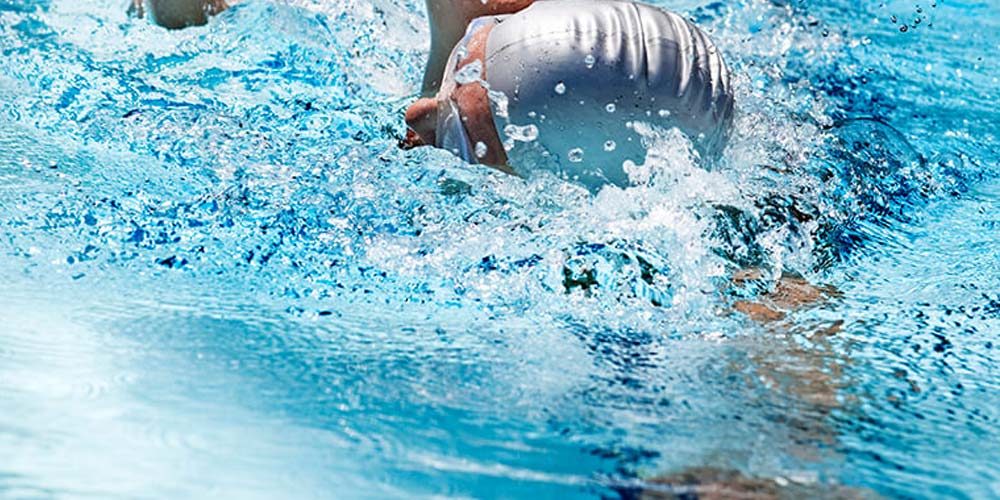Speaking of this question, let’s start with it definition and function to understand what free chlorine and combined chlorine are, where they come from, and what functions or hazards they have.
In swimming pools, Chlorine Disinfectants are used to disinfect the pool in order to maintain the hygiene and safety of the pool. When the pool chlorine disinfectant dissolves in the pool, it will produce hypochlorous acid (also known as free chlorine), which is a good disinfectant. When free chlorine reacts with nitrogen compounds, chloramines (also known as combined chlorine) are formed. The accumulation of chloramines will cause swimmers to have an unpleasant “chlorine smell”. This smell may indicate poor water quality. Regularly checking free chlorine and combined chlorine will help prevent or detect water quality problems before they occur.
Keeping chlorine levels within the ideal range ensures safe water quality and minimizes the accumulation of chloramines. When your free chlorine level becomes low, the disinfection effect becomes poor, and bacteria and algae will grow in the pool. When the combined chlorine level increases, swimmers will smell the pungent chlorine smell and irritate the skin and eyes. In severe cases, it will affect the health of swimmers.
When you find that your pool’s free chlorine level is low and the combined chlorine level is high, you need to treat your pool. Usually the fastest and most convenient way is to shock the pool with chemicals. The pool needs to be completely closed during the treatment.
When shocking the pool, you can use chlorine-containing and easily soluble disinfectants. For example, sodium dichloroisocyanurate, calcium hypochlorite, bleaching water, etc. Among them, sodium dichloroisocyanurate is the best choice. It is relatively safe and convenient in both use and storage. And it contains 55% to 60% chlorine, which does not need to be dissolved in advance. It has a wide range of uses and can be used as both regular chlorine and as a pool disinfectant.
Let’s take this as an example to explain.
Sodium dichloroisocyanurate shock for swimming pools:
1. Test the pool water quality
Perform a quick test on the pool water. The free chlorine level should be lower than the total chlorine level. This means that your combined chlorine level is abnormal and it is time to shock the pool.
In addition, check the pH and total alkalinity. Make sure the pH is between 7.2 – 7.8 and the alkalinity is between 60 and 180ppm. This will balance the pool water chemistry and make the shock treatment more effective.
2. Add Sodium Dichloroisocyanurate
Calculate the correct amount for your pool capacity. The shock usually needs to be greater than 5ppm, and 10ppm residual chlorine is sufficient.
Sodium Dichloroisocyanurate granules are generally soluble in water and free of impurities and can be added directly to the water. After adding, make sure the pool pump runs for more than 8 hours to ensure that the Sodium Dichloroisocyanurate is fully dispersed in the pool.
3. After the shock is completed, measure the pool water chemistry level again to ensure that all indicators are within the specified range.
Shocking a swimming pool is faster and easier than you think. Not only does it eliminate chloramines and bacteria, it can also save you hours of pool maintenance time. Want to purchase pool chemicals or get more advice on pool maintenance? Email me: sales@yuncangchemical.com.
Post time: Jul-18-2024

